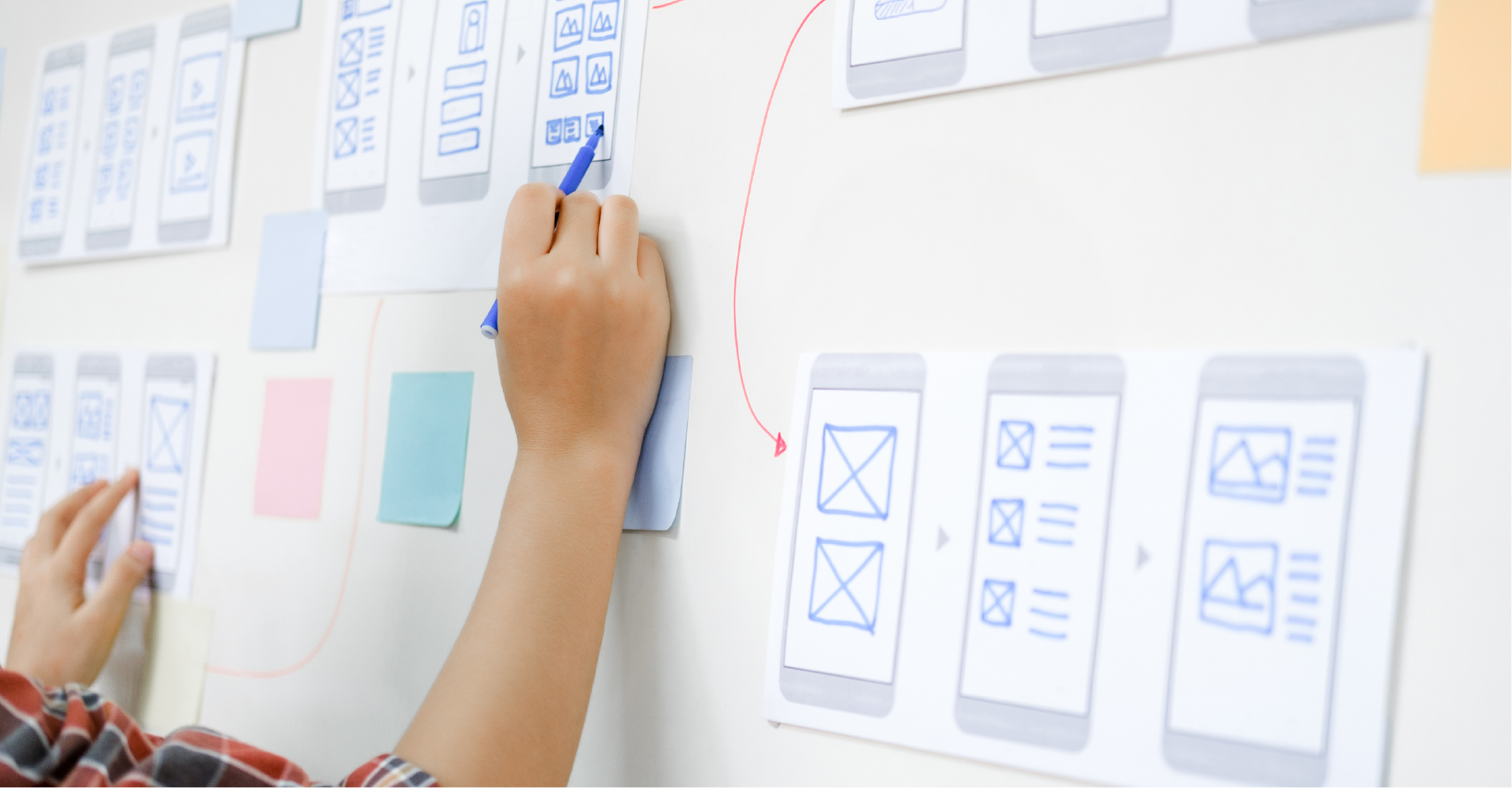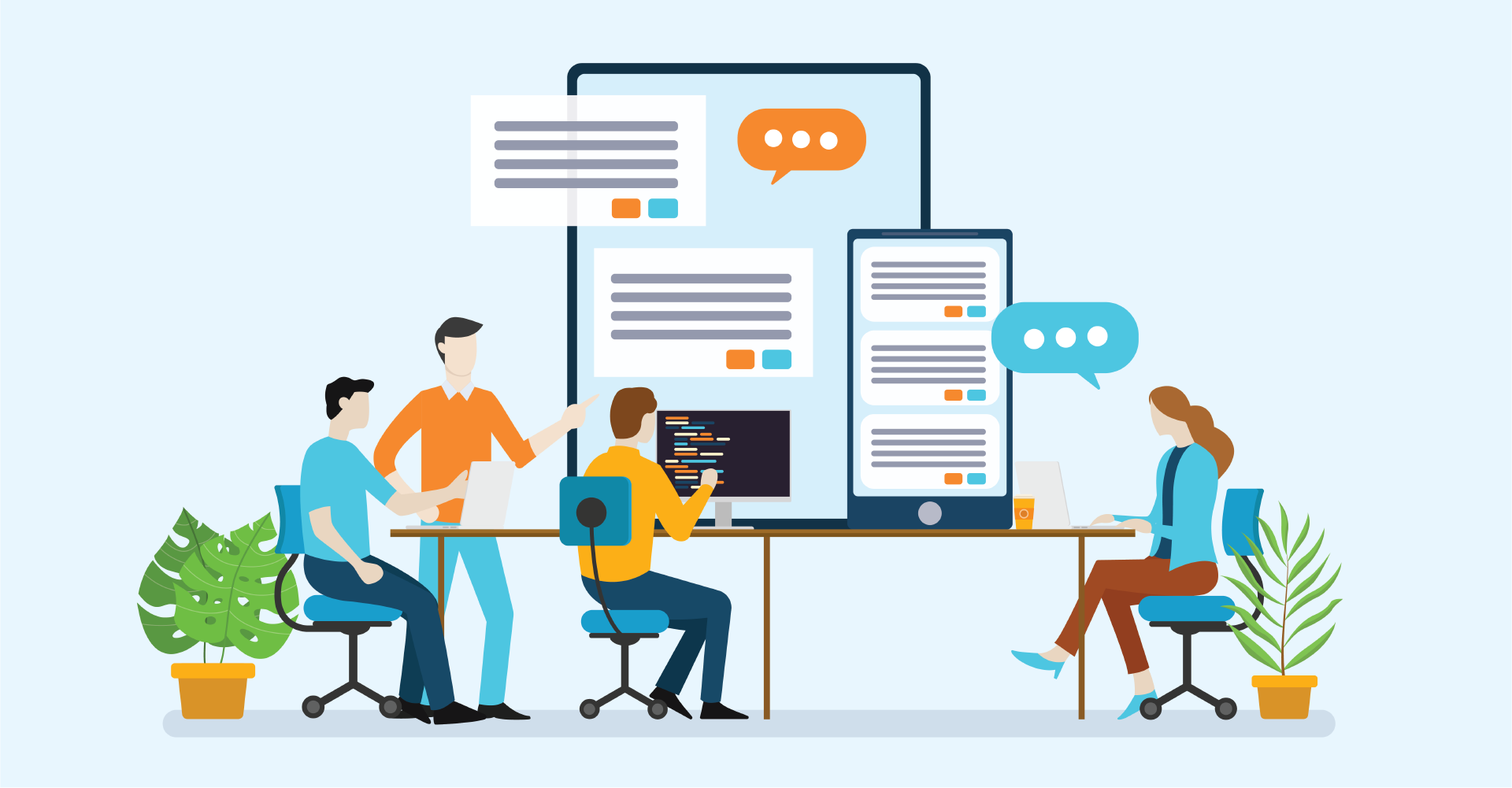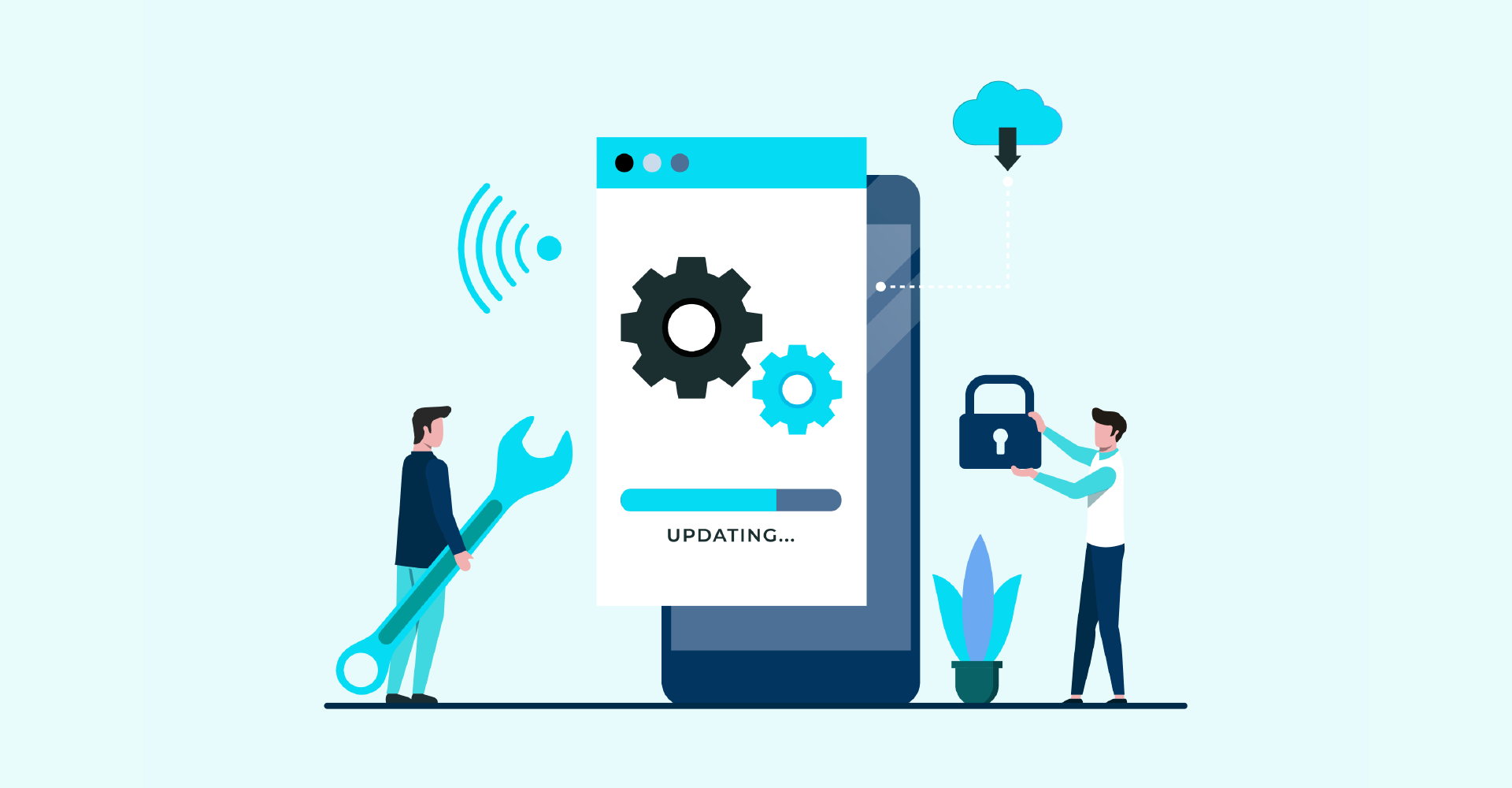Statistics say that 70% of all US digital media consumption time comes from mobile apps. While smartphone usage is increasing day by day, more than 88% of mobile time is spent on apps. These reasons are enough for businesses to develop their custom apps and attract their niche customers with an innovative interface, updated features, branding initiatives, and personalized marketing.
While many developers have popped up to compete in the app development space; building a customized mobile app is a highly skilful and systematic task. It involves blending the client’s business goals with the customer needs. Your custom app should reflect your value proposition and clearly represent your personality to your customers. It should be intuitive, easily navigable, attractive, strategic, and smooth to sail your customers through the intended app journey and buying cycle.
Thus, app development must follow a scientific and collaborative process to design the digital product; best suited to the client’s business purpose. Here are the essential steps which your UI/UX designers, business logic developer and full stack team must comply with while customizing your mobile app.
Step 1: Research & Analysis

Your app development journey must begin with in-depth market research and an understanding of your business goals. Customer behavior should be analyzed thoroughly to plan the product; so that it aligns with the market needs.
The developer should have a clear idea of what you want to achieve through the app and how you want to use it. What unique features should be incorporated into the app; how the user should be directed through his journey; and the promotion of your branding should be considered at this phase. Your custom-built app should comply with your brand identity, personality, and value proposition, and must clearly narrate your brand message to your audiences.
Step 2: Wireframing & Prototyping

Wireframes are two-dimensional sketches that roughly outline the app architecture and flow. The positioning of tabs, menus, drop-downs, brand information, contact details, and content are clearly depicted in this diagram. Wireframes allow the developer and the client to explore the app navigability and incorporate modifications to optimize it to user expectations.
Once the sketchy architecture of the app is approved, the developer starts designing the app prototype. It is a responsive and embryonic version of the app interface that allows you to visualize the navigability and give you the perspective of the journey that your customers and end users of the app will experience while using the digital product.
Wireframing and prototyping are the two most crucial steps that many developers tend to skip to save time and budget. These stages enable clients to get an idea of the final product and modify it to fit the business needs before it is actually built. The initial innovation and optimization make the app development process more systematic and less iterative, allowing you to predict the final outcome.
Step 3: Development & Testing

After rigorous iteration on the app prototype and your approval, the custom product is developed with cutting-edge technology stack, coding environments and platforms. Your branding elements and business-specific features are incorporated, along with third-party software integrations. Endpoint and API security is also taken care of to avoid data breaches.
The app should be responsive to different screen sizes and aspect ratios, and compatible with various devices and operating systems to cater to a wide audience. The code should be robust and flexible to accommodate future updates and fixes.
Your custom product is meticulously tested to ensure its quality and performance before launch. QA professionals run performance or automated tests to discover bugs, glitches, and user flow issues. After comprehensive testing of the code, the final digital product is gradually deployed to your team to take its operational control.
Step 4: Monitoring & Maintenance

The duty of your app developers doesn’t end with the app launch. You must ensure selecting a software development company that provides end-to-end support for monitoring the app performance post-launch. They must also collect user feedback, and update the app with bug fixes, latest features, and make it compatible with evolving system and business requirements.
Wrapping up
Developing your custom mobile app is a collaborative and comprehensive task that involves precise knowledge of the product-market fit and optimization of the digital product to enhance user experience.
Our full-stack team at Deventure follows a methodical and all-inclusive approach to developing your custom mobile application. We integrate your idea and our market insight to build and maintain your digital product to best suit your business needs and the evolving market trends. Call us for a free consultation now or let us know what you want to build https://www.deventure.co/submit-project.






